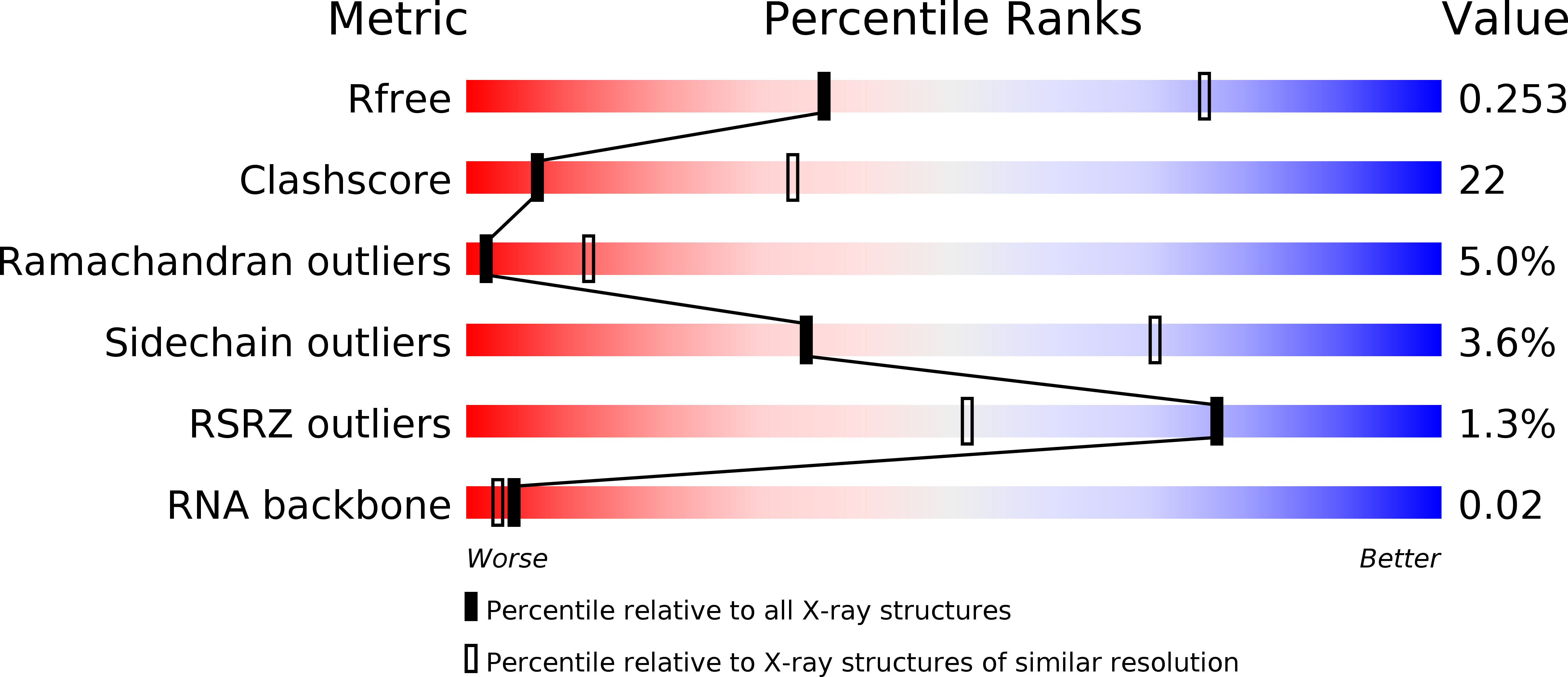
Deposition Date
2012-03-07
Release Date
2012-04-18
Last Version Date
2023-12-20
Entry Detail
PDB ID:
4AM3
Keywords:
Title:
Crystal structure of C. crescentus PNPase bound to RNA
Biological Source:
Source Organism:
CAULOBACTER VIBRIOIDES (Taxon ID: 190650)
ESCHERICHIA COLI (Taxon ID: 469008)
ESCHERICHIA COLI (Taxon ID: 469008)
Host Organism:
Method Details:
Experimental Method:
Resolution:
3.00 Å
R-Value Free:
0.25
R-Value Work:
0.20
R-Value Observed:
0.21
Space Group:
P 2 21 21


